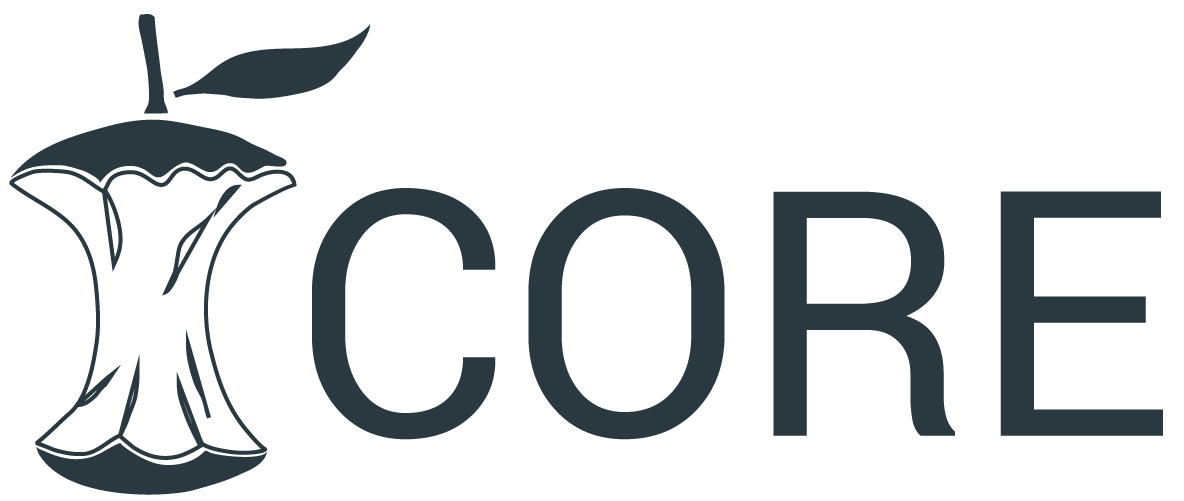An Anatomical Model of Mothering Behavior in Mus Musculus
DOI:
https://doi.org/10.31033/abjar.2.2.5Keywords:
animals, improvement, human interaction, social behavior, mus musculasAbstract
The scientific study of animal behaviour is called ethology, and it often focuses on behaviour in its natural environment and
sees behaviour as an adaptive quality that has evolved over time. The term "behaviourism" also refers to the scientific and
objective study of animal behaviour, typically focusing on trained behavioural responses in a lab setting or measurable
responses to stimuli without a focus on evolutionary adaptability. Numerous naturalists have investigated various facets of
animal behaviour throughout history. Charles Darwin (1809–1882) and American and German ornithologists from the late
19th and early 20th centuries, such as Wallace Craig, Charles O. Whitman, and Oskar Heinroth (1871–1955), laid the
foundations for ethology. The work of three biologists who shared the 1973 Nobel Prize in Physiology or Medicine—Dutch
biologist Nikolaas Tinbergen (1907–1988), Austrian biologists Konrad Lorenz and Karl von Frisch (1886–1982)—is
generally regarded as having launched the current field of ethology in the 1930s.
Downloads
References
Lee, C. T. (1972). Development of nest-building behavior in inbred mice. Journal of General Psychology, 87(1), 13-
http://office.microsoft.com/en-us/sharepointdesigner/FX100487631033.php.
http://www.microsoft.com/downloads/details.php?FamilyID=d6ba5972-328e-4df7-8f9d
fc0f80cfc&displaylang=en.
Crusio, W. E. (2001). Genetic dissection of mouse exploratory behaviour. Behavioural Brain Research, 125(1-2),
-132.
Martin, P. R., & Bateson, P. P. G. (2007). Measuring behaviour: An introductory guide. (3rd ed.). New York:
Cambridge University Press.
Weber, E.M., & Olsson, A.S. (2008). Maternal behaviour in mus musculus: An ethological review. Applied Animal
Behaviour Science, 114(1-2), 1-22.
Gaskill, B. N., Rohr, S. A., Pajor, E. A., Lucas, J. R., & Garner, J. P. (2009). Some like it hot: Mouse temperature
preferences in laboratory housing. Applied Animal Behaviour Science, 116(2-4), 279-285.
Bechard, A. & Mason, G. (2010). Leaving home: A study of laboratory mouse pup indepedence. Applied Animal
Behaviour Science, 125, 181-188.

Downloads
Published
How to Cite
Issue
Section
ARK
License
Copyright (c) 2023 Animesh Mishra, Chandrabhan Shukla

This work is licensed under a Creative Commons Attribution 4.0 International License.
Research Articles in 'Applied Science and Biotechnology Journal for Advanced Research' are Open Access articles published under the Creative Commons CC BY License Creative Commons Attribution 4.0 International License http://creativecommons.org/licenses/by/4.0/. This license allows you to share – copy and redistribute the material in any medium or format. Adapt – remix, transform, and build upon the material for any purpose, even commercially.










